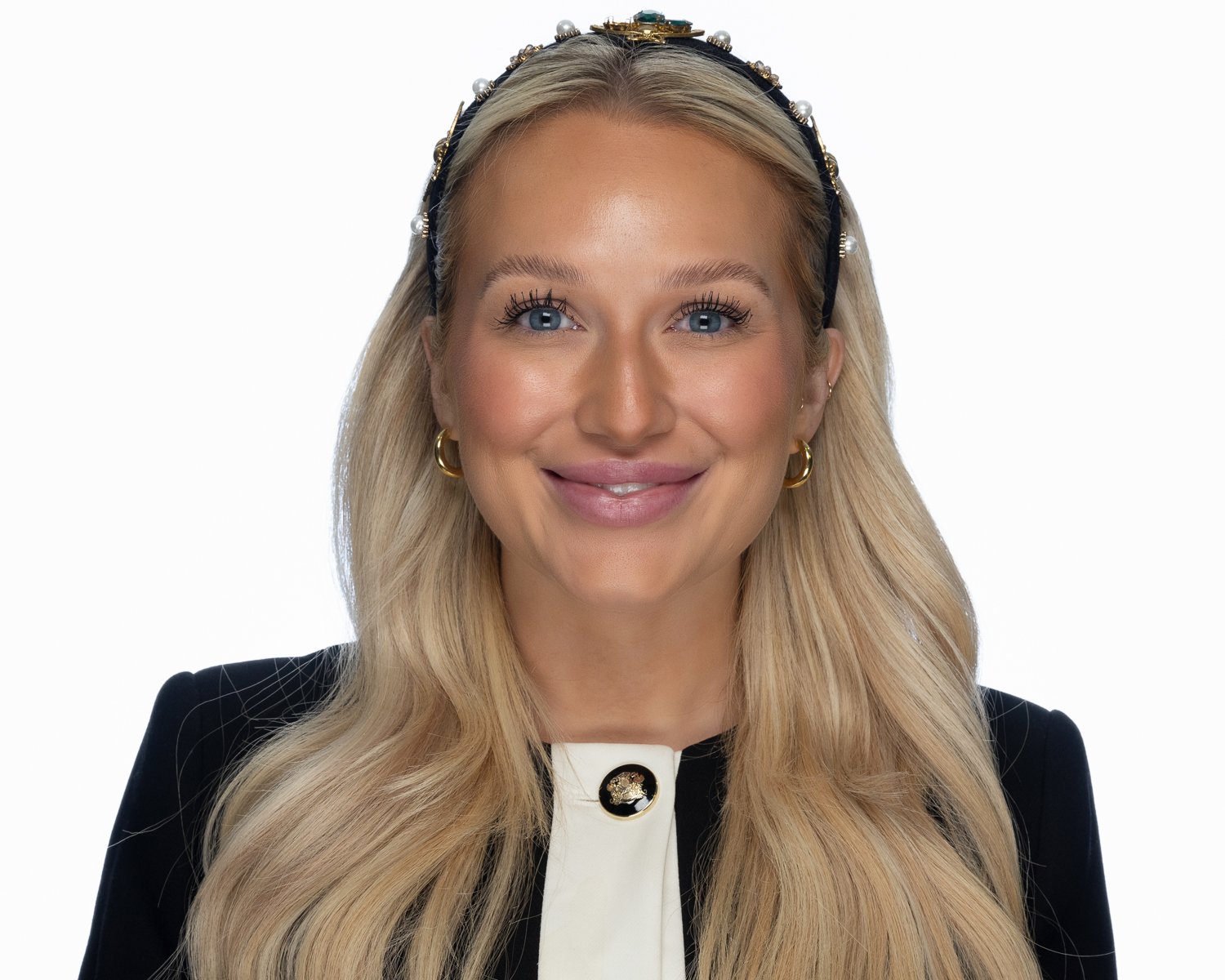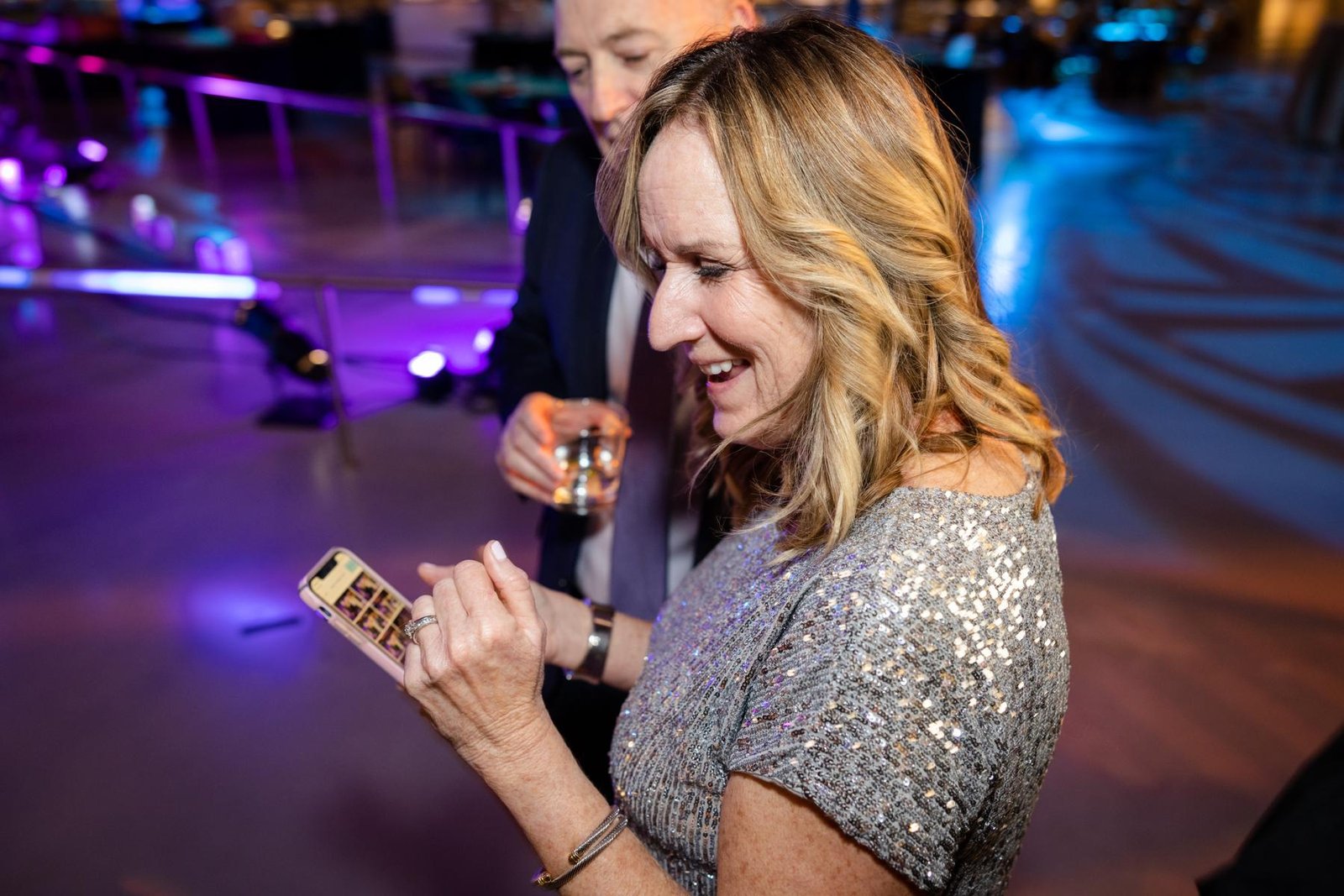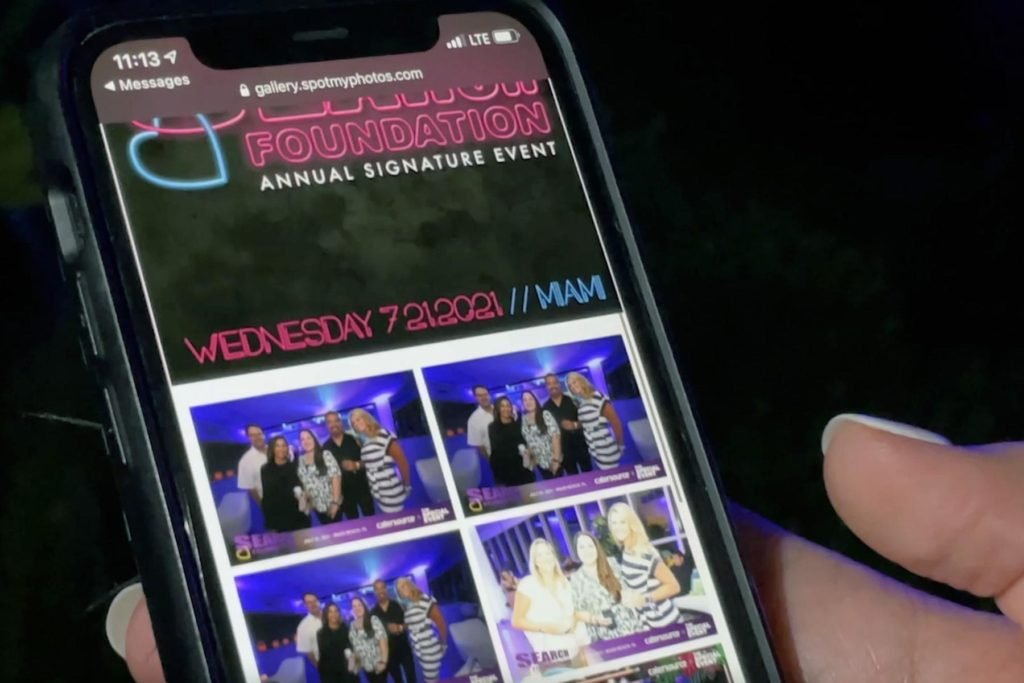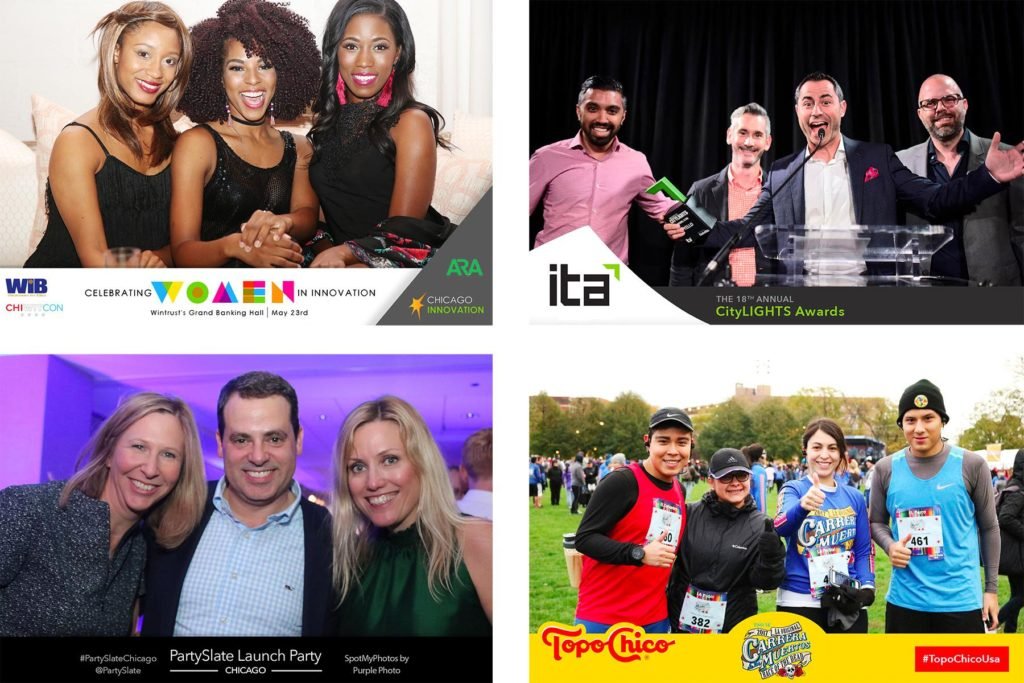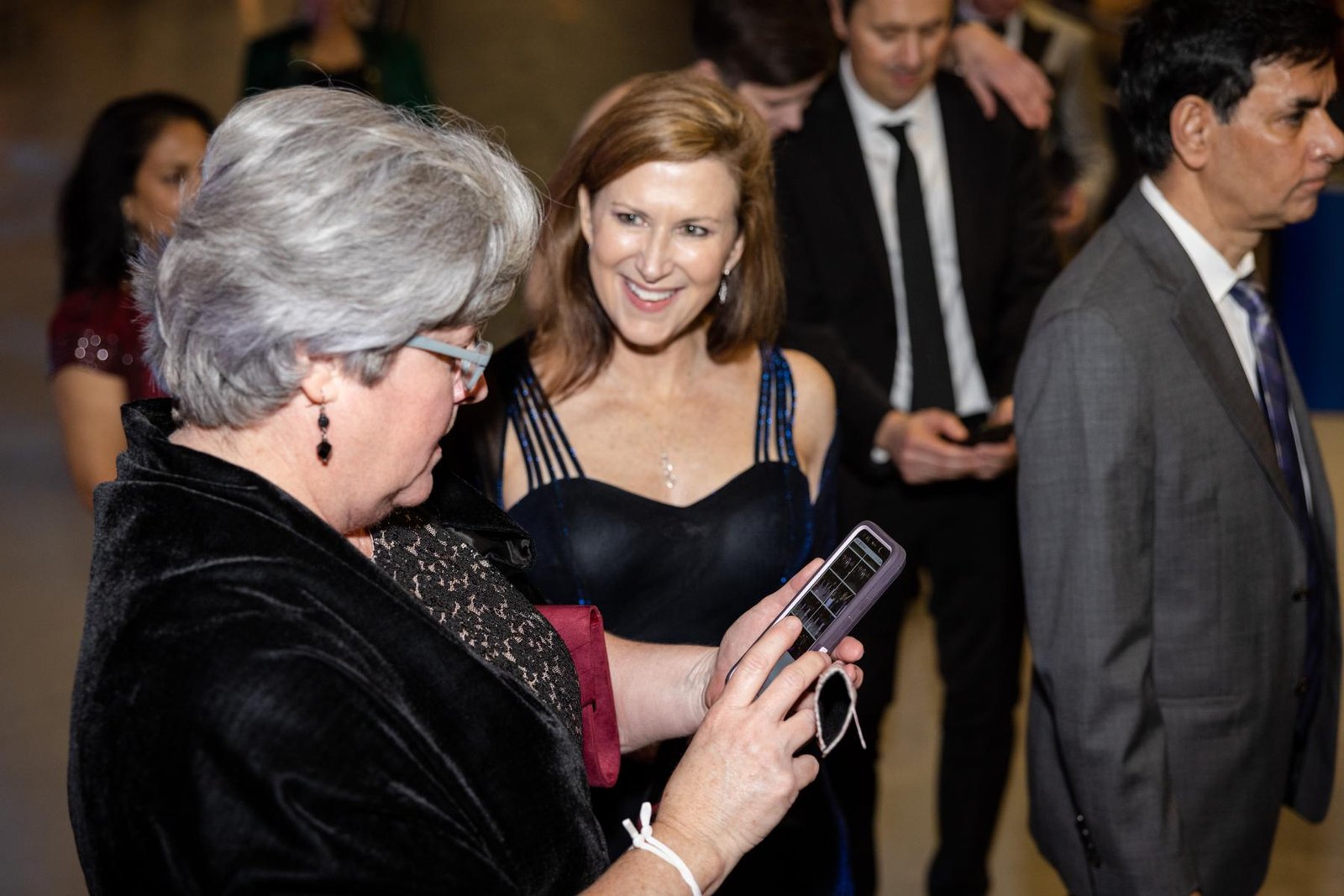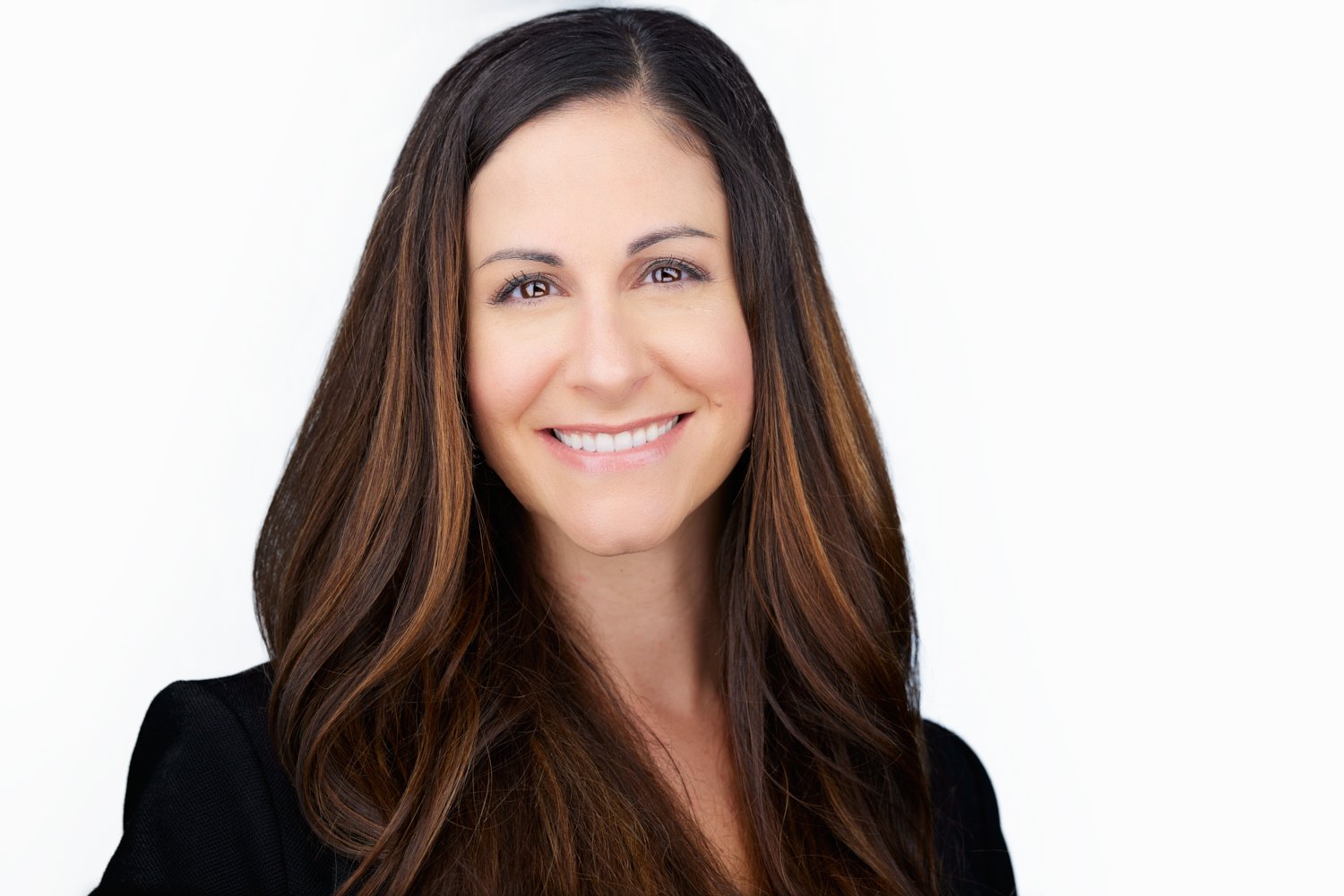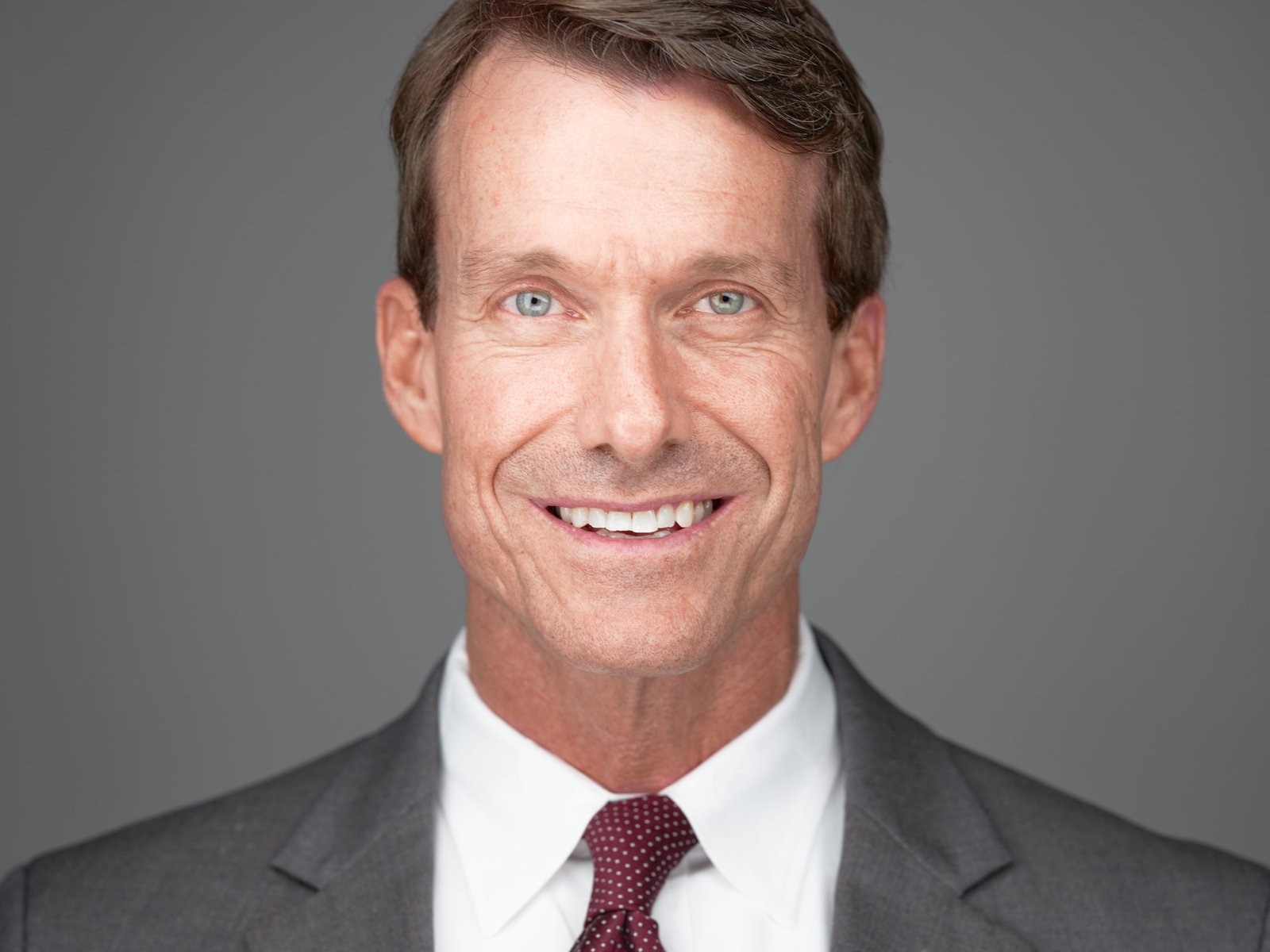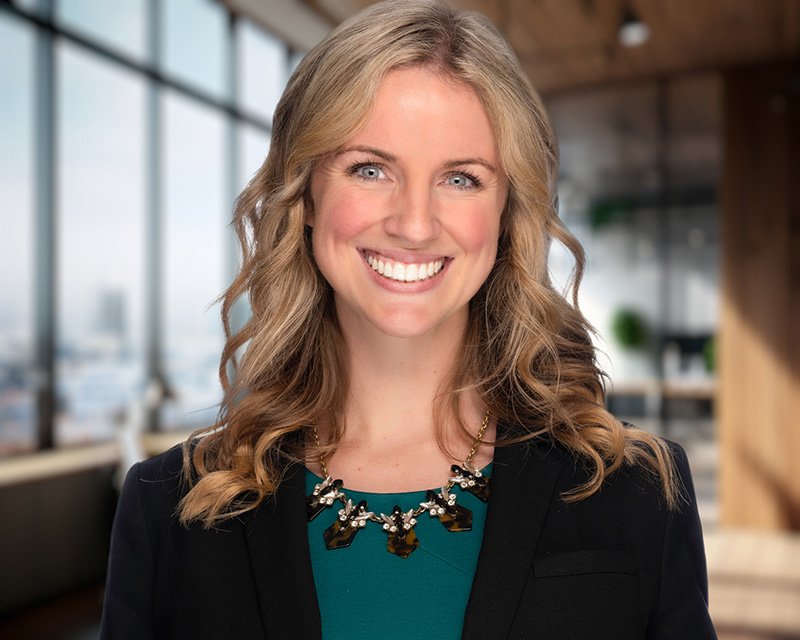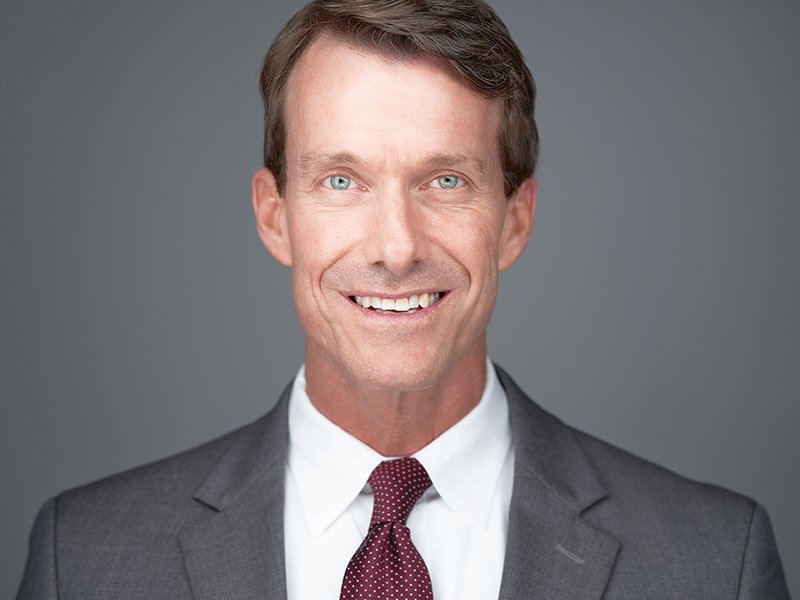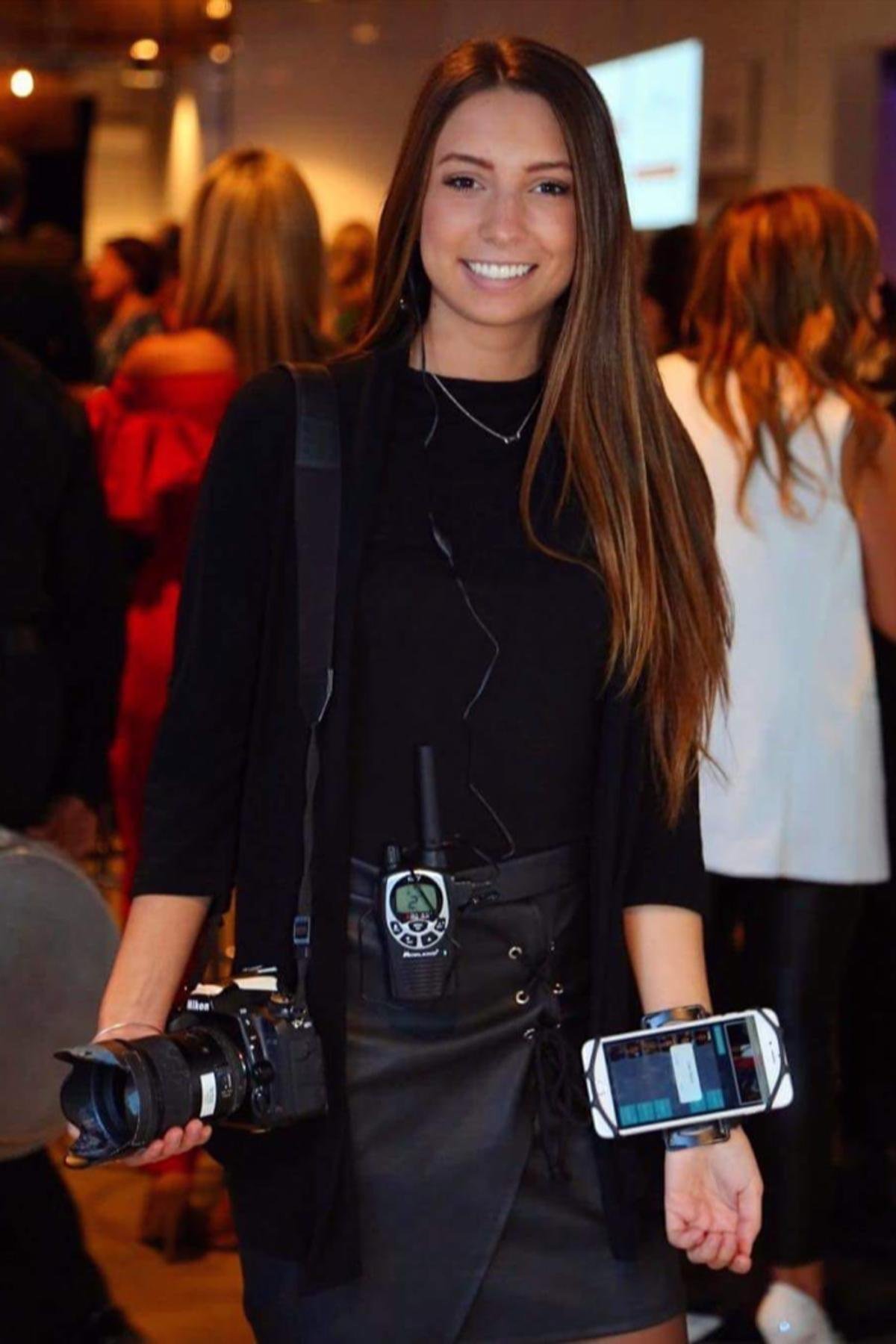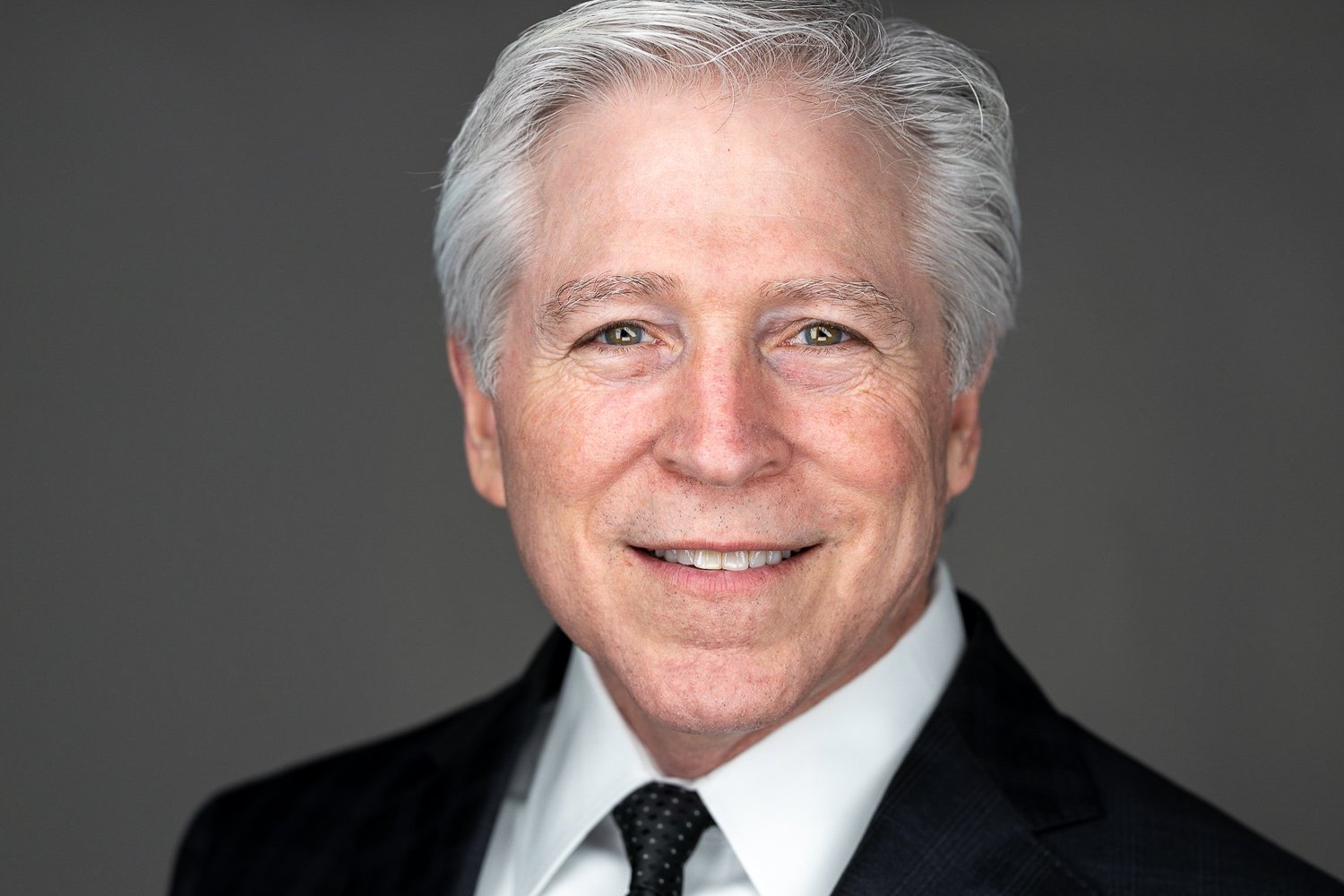Headshot Photographer in Dallas – The Science of Lighting: How to Get Perfect Headshot Photos
Introduction: Are you looking for a Headshot Photographer in Dallas?
When it comes to headshot photos, lighting is everything. Whether you’re a professional photographer or just someone looking to take a great photo, understanding the science of lighting is essential. The proper lighting can highlight your subject’s best features, create a mood, and bring out their personality. In this article, we’ll explore the art and science of lighting and how you can use it to take perfect headshot photos.
The Science of Headshot Lighting
Lighting is a crucial component of photography. It can make or break a photo, and it’s essential to understand the basic principles of light. Here are some important factors to consider when it comes to lighting:
Light Quality
The quality of light refers to how hard or soft the light is. Hard light comes from a small source, such as the sun or a spotlight, and creates strong shadows and contrast. On the other hand, soft light comes from a more significant light source, such as a window or a softbox, and creates a more diffused and even light.
Light Direction
The direction of light refers to where the light comes from about your subject. Front lighting, where the light is directly in front of your subject, creates a flat and even light. Side lighting, where the light comes from the side, creates more depth and texture in your photo. Backlighting, where the light comes from behind your subject, can create a dramatic effect.
Light Color
Light color can have a significant impact on your photo. The color temperature of light is measured in Kelvin (K), and different light sources have different color temperatures. For example, natural daylight has a color temperature of around 5500K, while indoor lighting can range from 2700K to 5000K. Understanding the color temperature of your light source can help you adjust your camera settings to get the desired effect.
How to Get Perfect Headshot Photos
Now that you understand the science of lighting let’s explore how to use it to take perfect headshot photos.
Choose the Right Light Source
The first step to taking a great headshot photo is choosing the right light source. Natural light can be a great option, especially if you’re shooting outside on a cloudy day or near a window with diffused light. If you’re shooting indoors, consider using a softbox or umbrella to create soft, even light.
Position Your Subject: As a Headshot Photographer In Dallas, this is where I spend a lot of time.
Once you’ve chosen your light source, it’s essential to position your subject in the right spot. Position your subject facing the light source for a natural, flattering look. Position your subject at a 45-degree angle to the light source if you’re using side lighting. Experiment with different positions to see what works best for your subject.
Adjust Your Camera Settings
You’ll need to adjust your camera settings to match the lighting conditions to capture the perfect headshot photo. If you’re shooting in low light, you must use a slower shutter speed or a higher ISO to compensate. If you’re shooting in bright light, you may need a faster shutter speed or a lower ISO.
Use Reflectors and Diffusers
Reflectors and diffusers can be handy tools when it comes to Headshot Photos.
Other articles related to Headshot Photographer In Dallas
Is 2mm Studios the Perfect Fit for You?
Do you want stunning photos that reflect your true self and promote your brand?
Overcome Camera Shyness and Embrace Your Photogenic Self!
If you’re feeling anxious in front of the camera or unsure about your look in photos, rest assured that we are here to help you shine! Our team at 2mm Studios specializes in bringing out your unique qualities and ensuring that every moment in front of the lens is a positive and empowering experience.
Elevate Your Events to New Heights!
Looking to host an event, trade show, convention, or conference? Look no further! We specialize in capturing those precious moments, setting up impressive headshots and portrait booths, and offering the marketing expertise necessary to take your event to the next level.
Facial Expression Coaching for Picture-Perfect Confidence!
fTo look confident and graceful in every photo, try our specialized coaching sessions, including Facial Expression Coaching.
A Stress-Free and Delightful Experience Awaits!
Step into an environment that exudes fun, enjoyment, and entertainment throughout your journey with us. At 2mm Studios, we are committed to providing you with a stress-free experience, ensuring you have a blast while we capture your essence in stunning photographs.
If any of these resonate with you, then look no further! We are the perfect studio to meet all your photography needs and bring out the best in you and your cherished moments.
